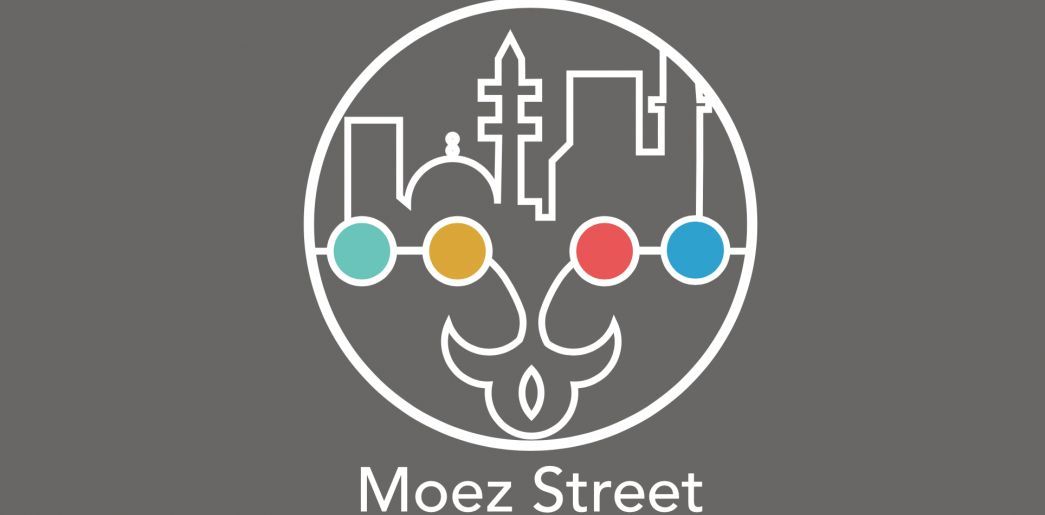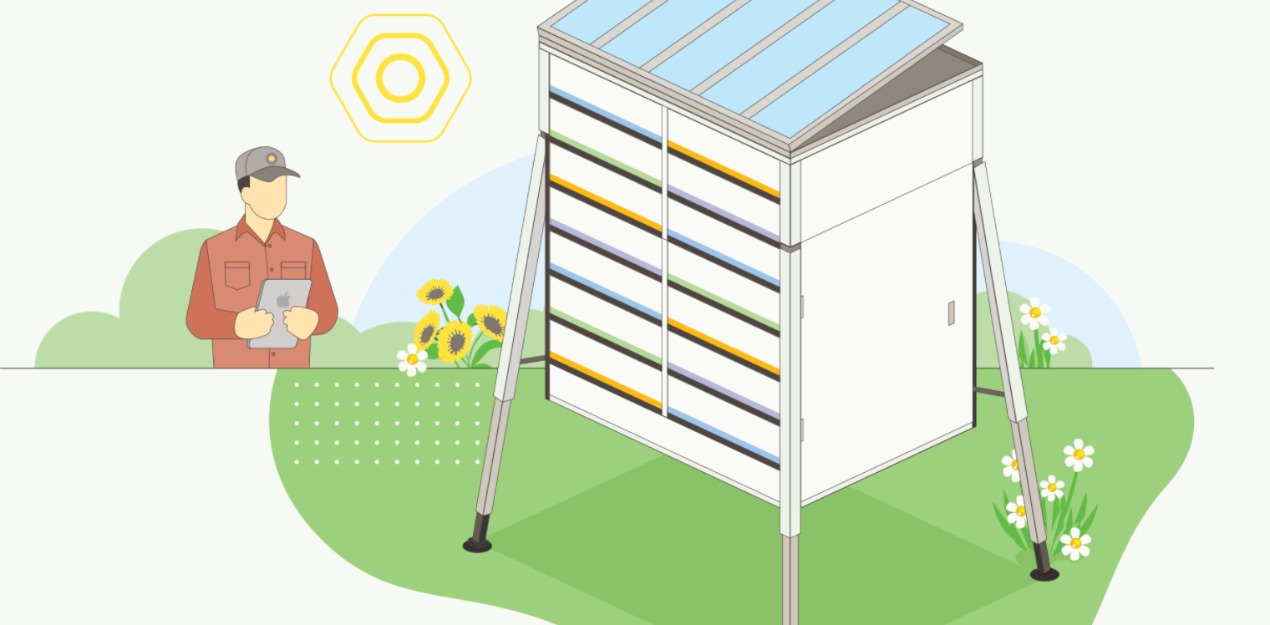AWARD YEAR
2023
CATEGORY
Community
GOALS
Responsible Consumption & Production
KEYWORDS
seaweed, seaweed dryer, solarpowered, seaweed production
COUNTRY
Switzerland
DESIGNED BY
Jinglun Li & Mathias Baumann
WEBSITE
https://www.seastem.co/
The Drylgae System
A bio-inspired seaweed dryer to effectively dry seaweed while preserving its bioactive compounds.
How does it work?
SeaStem has designed a solar powered seaweed dryer. After investigating the details of seaweed production and post-harvest treatments, Seastem identified the drying process as the one with the most room for optimization. The current methods are either complex and energy consuming (oven drying, lyophilisation) or rudimental and uncontrolled conditions. The aim is to provide a drying solution that can be implemented directly on the harvesting site and suited to the needs of emerging seaweed farming companies, more sensitive to sustainability challenges.
Why is it needed?
Seaweeds are promising sustainable resources for a wide range of applications, from human consumption to the pharmaceutical industry. Over the last 5 years seaweed production has dramatically increased because of the growing demand of western countries. However, seaweed farming still relies on energy intensive protocols that need to be optimized to reduce its environmental footprint.
How does it improve life?
The seaweed dryer offers a low-cost and user-friendly biomass drying technology, easy to implement anywhere, promoting food security for coastal communities relying on marine natural resources. The drying units can be combined to match any scale of seaweed production, enabling Seastem to enlarge their customer segments. Drylgae will favor the democratization of seaweed as a sustainable primary resource in many sectors such as bio-fuels or bio-plastics. Because of the energy efficiency of the concept, prices of processed seaweeds is going to decrease, making it a more affordable primary resource. By solely relying on renewable solar energy, the environmental impact of the system is reduced compared to other existing technologies. The simplicity of the solution allows it to be implemented close to seaweed farms, solving the logistical challenge of transporting tons of wet seaweed with heavy machinery. CO? emissions due to transportation are reduced.





